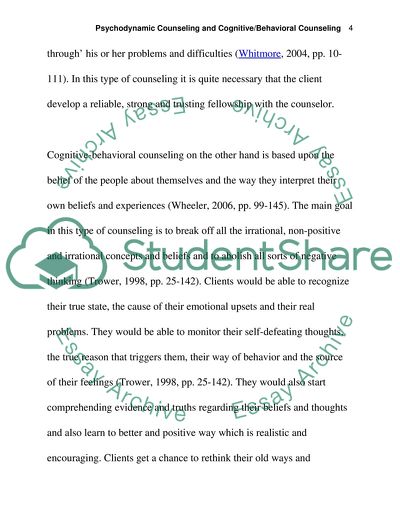Cite this document
(Psychodynamic Counseling and Behavioral Counseling Case Study, n.d.)
Psychodynamic Counseling and Behavioral Counseling Case Study. Retrieved from https://studentshare.org/psychology/1705172-comparing-and-describing-psychodynamic-counselling-and-cognitivebehavioural-counselling
Psychodynamic Counseling and Behavioral Counseling Case Study. Retrieved from https://studentshare.org/psychology/1705172-comparing-and-describing-psychodynamic-counselling-and-cognitivebehavioural-counselling
(Psychodynamic Counseling and Behavioral Counseling Case Study)
Psychodynamic Counseling and Behavioral Counseling Case Study. https://studentshare.org/psychology/1705172-comparing-and-describing-psychodynamic-counselling-and-cognitivebehavioural-counselling.
Psychodynamic Counseling and Behavioral Counseling Case Study. https://studentshare.org/psychology/1705172-comparing-and-describing-psychodynamic-counselling-and-cognitivebehavioural-counselling.
“Psychodynamic Counseling and Behavioral Counseling Case Study”. https://studentshare.org/psychology/1705172-comparing-and-describing-psychodynamic-counselling-and-cognitivebehavioural-counselling.


